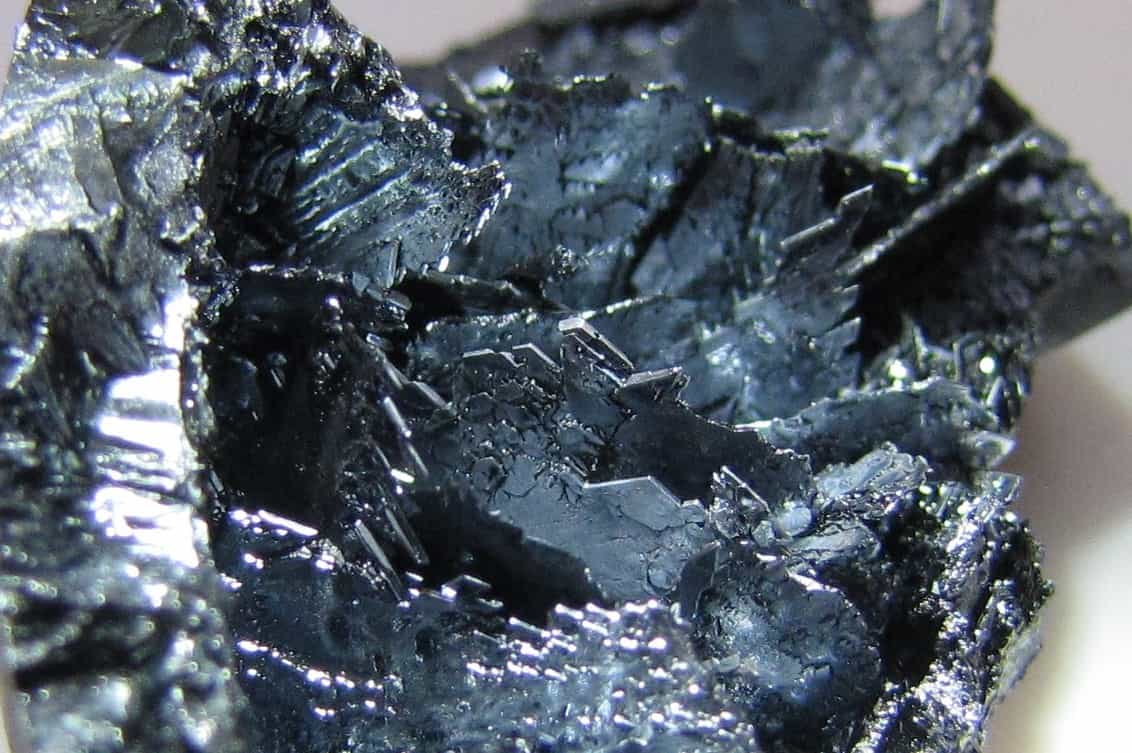Iodine

Uses
Iodine is contained in and utilized by every cell in the body. It is primarily concentrated in glandular tissue such as the thyroid, breast, uterus, ovaries, and prostate. The thyroid contains the highest concentration of iodine in any organ in the body. It is necessary to produce thyroid hormone and all other hormones in the body.
Deficiency
Iodine is necessary for growth and development of children. Deficiency can cause a severe impairment of physical and intellectual development called cretinism. It can also cause spontaneous abortion, mental retardation, ADHD, and goiter.
Iodine deficiency can result in a poorly functioning thyroid gland, hypothyroidism, autoimmune thyroid disorders, and cancer.
Dose
The Recommended Dietary Allowance of iodine is 150μg/day. This is enough to prevent goiter, but not enough for optimal bodily function.
A mainland Japanese person eats about 12-13mg/day, which is nearly 100 times more. It has been shown that 15-50mg/day is a safe and effective dose to ensure total body iodine sufficiency. It is necessary to test iodine levels to find the appropriate dosage for an individual.
How to Get Enough
Iodine is primarily found in seafood. Ocean fish and sea plants like kelp and seaweed are rich in iodine. It is also found in crops grown and animals grazed on iodine-rich soil. Soil near the ocean is generally richer in iodine.
It is difficult to get enough iodine through the diet, especially if you live in an area with deficient soil and don’t eat a large amount of sea plants.
The most efficient way to ensure iodine sufficiency is to supplement with Lugol’s solution.
Checking Your Levels
A 24-hour iodine loading test is effective in measuring whole-body iodine status. The body will hold on to more iodine in a deficient state. In an iodine sufficient individual, most orally-ingested iodine will be excreted in urine.
In this manner, iodine levels can be tested by ingesting a 50mg iodine tablet. Then, collect all urine over a period of 24 hours and measure the urinary excretion levels of iodine.
An iodine-sufficient individual will excrete ~90% (45mg). Levels below 90% indicate iodine deficiency.
Supplementation Protocol
Take all other supplements and medication as usual.
Morning
The following may be taken on an empty stomach with a glass of water. Take with a meal if gastric irritation occurs.
- 50 mg of iodine and potassium iodide
- 20 vertical drops of 2% Lugol’s solution in a small glass of water
- You may start with 12.5 mg (5 drops) and increase over time
- 200 μg selenium (selenomethionine form preferred)
- 1000 mg Vitamin C
- 100 mg Vitamin B2 (riboflavin)
- 500 mg Vitamin B3 (niacin)
- Get actual niacin. Do not use niacinamide, inositol hexanicotinate (marketed as “flush-free niacin”), or time-release niacin.
- You may start with a lower dose to avoid flush
Day-Evening
- ½ teaspoon (total) unrefined salt taken with water or added to food throughout day
- Redmond Real Salt
- Pink Himalayan salt
- Gray Celtic sea salt
- Drink adequate pure water (reverse osmosis, distilled, or mineral)
- 1000 mg Vitamin C (optional)
- 100 mg Vitamin B2 (riboflavin)
- 500 mg Vitamin B3 (niacin)
Before Bed
- 300 mg Magnesium
Avoid
- Calcium supplementation
Books
Iodine: Why You Need It, Why You Cant Live without It by David Brownstein
The Iodine Crisis: What You Don’t Know about Iodine Can Wreck Your Life by Lynne Farrow